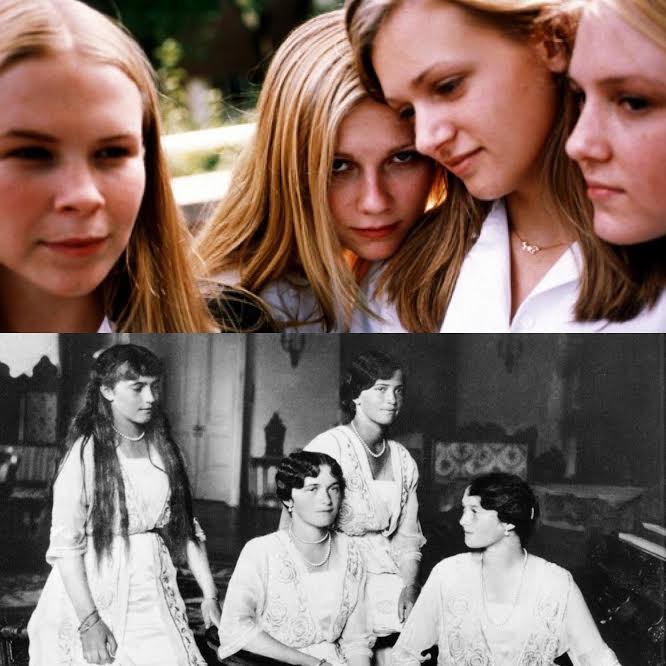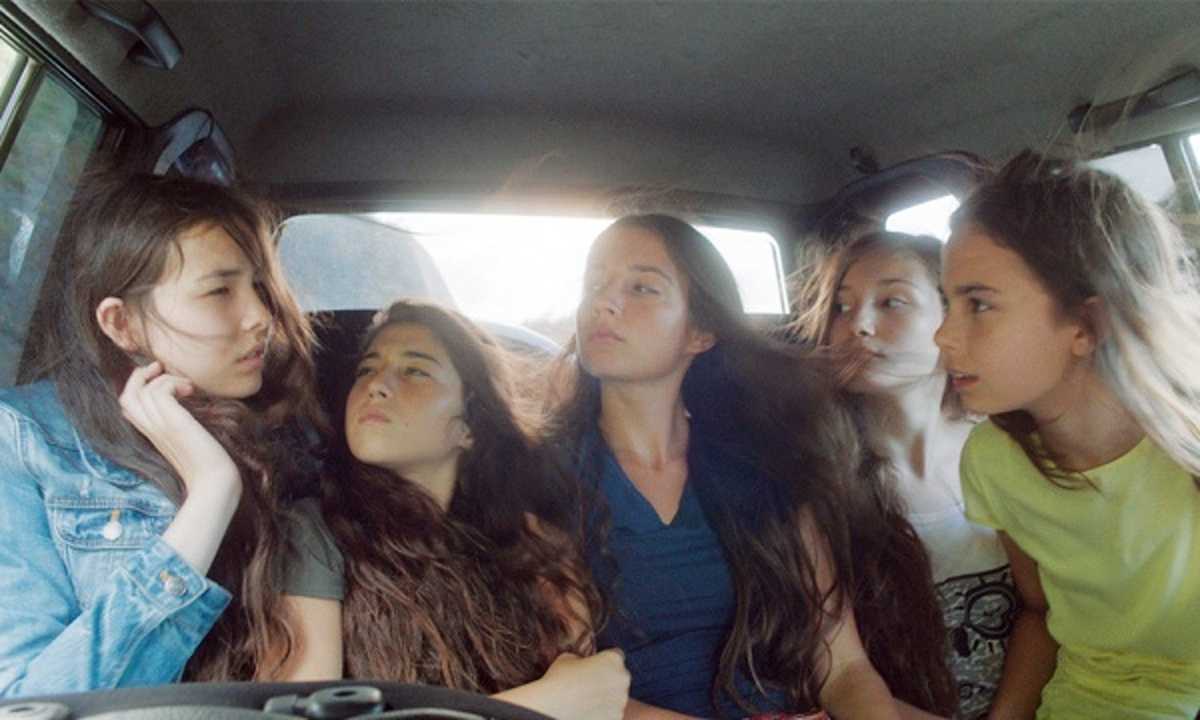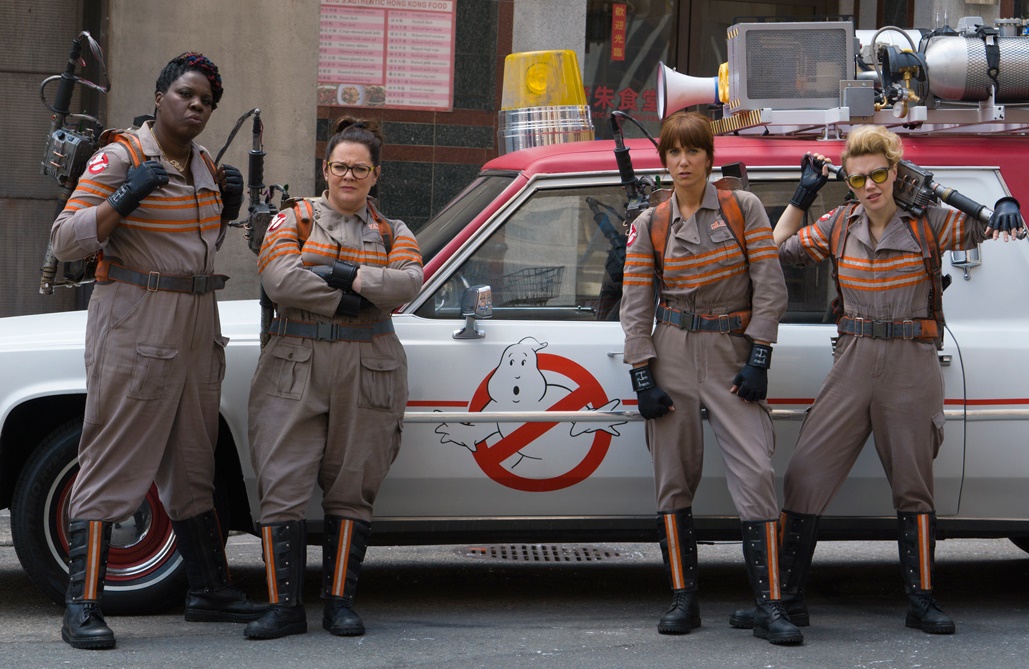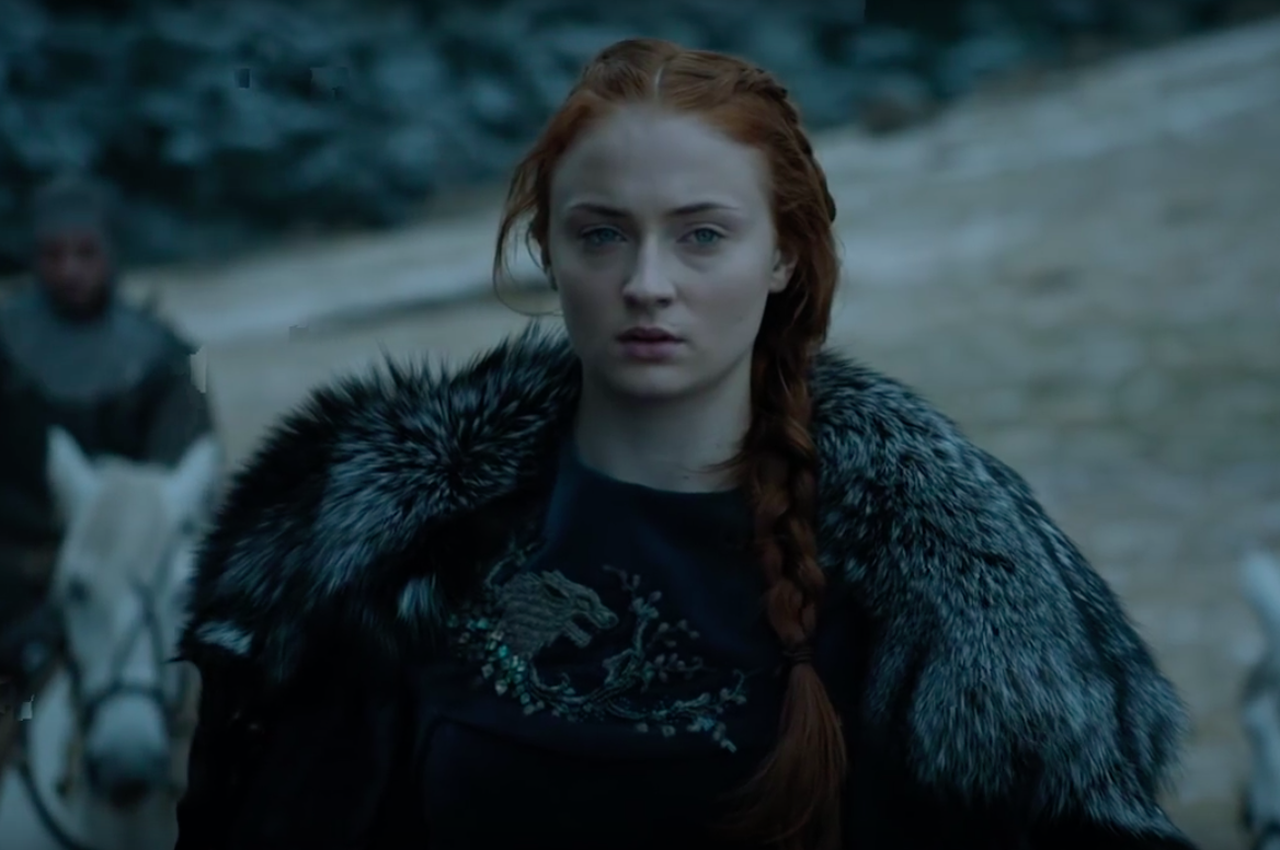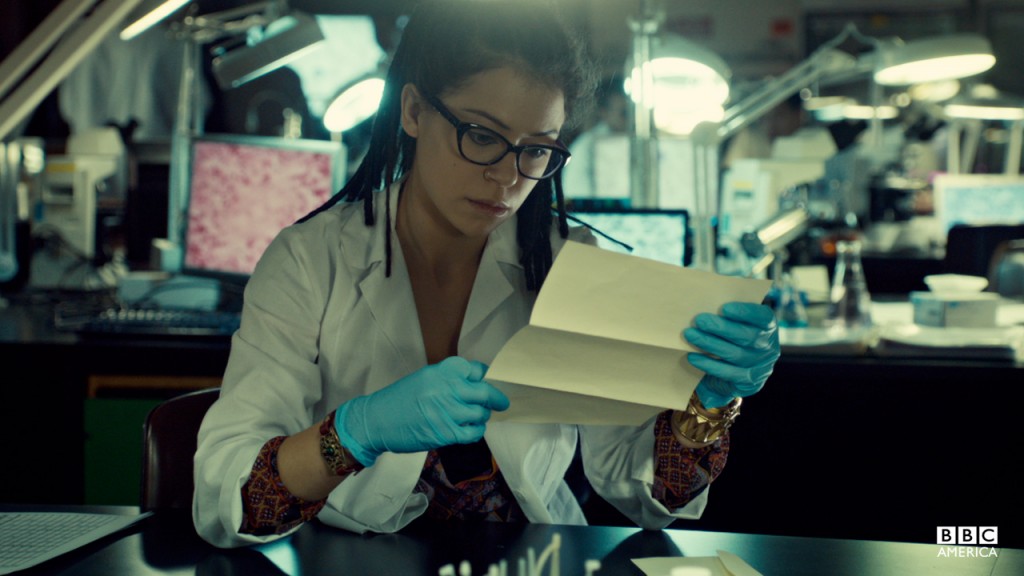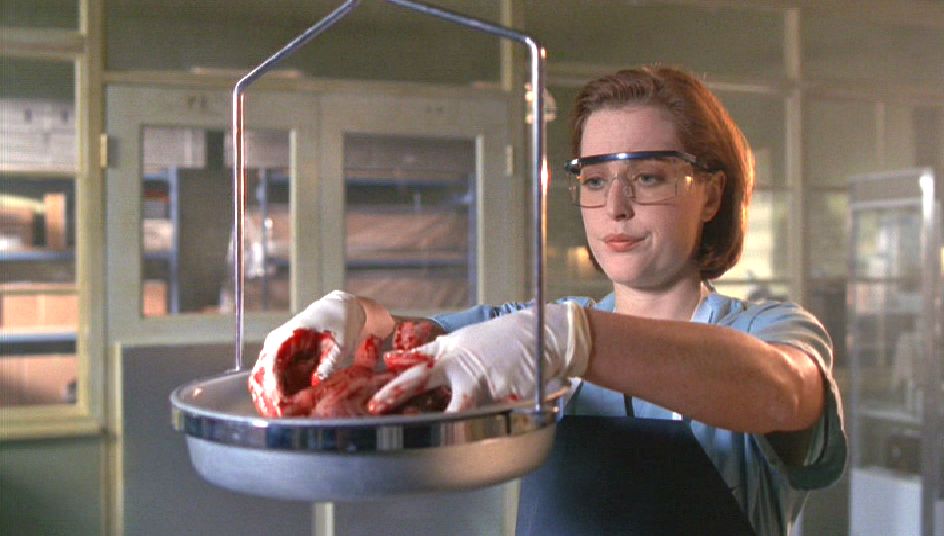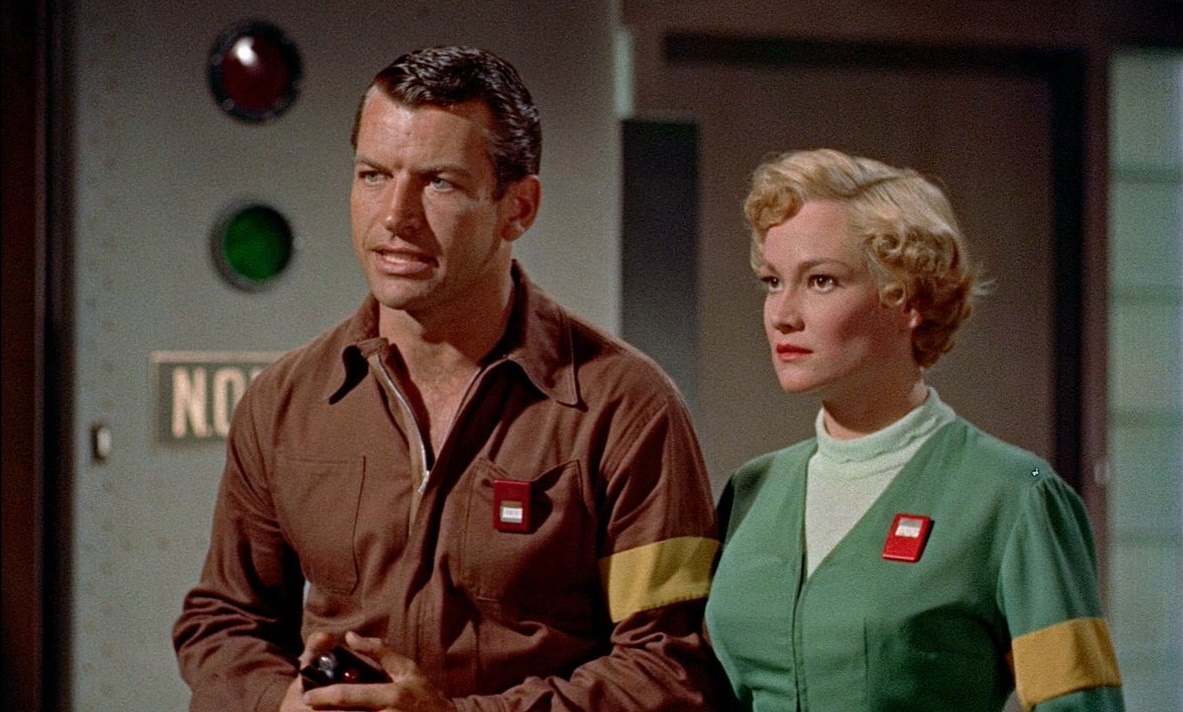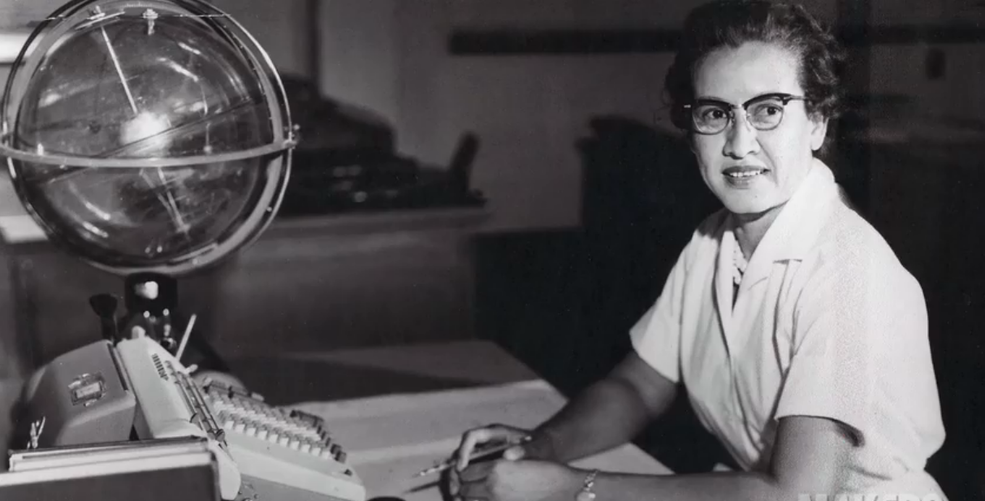‘The Virgin Suicides’: Striking Similarities Between the Lisbon and Romanov Sisters
Two sets of sisters, different in circumstance but alike in experience: the four Romanov Grand Duchesses of Russia and the four Lisbon sisters from 1970s Michigan in ‘The Virgin Suicides.’ … Clear links between the two sets can be drawn, but ultimately reveal that in both situations, living in a gilded cage only leaves behind a haunting memory.
